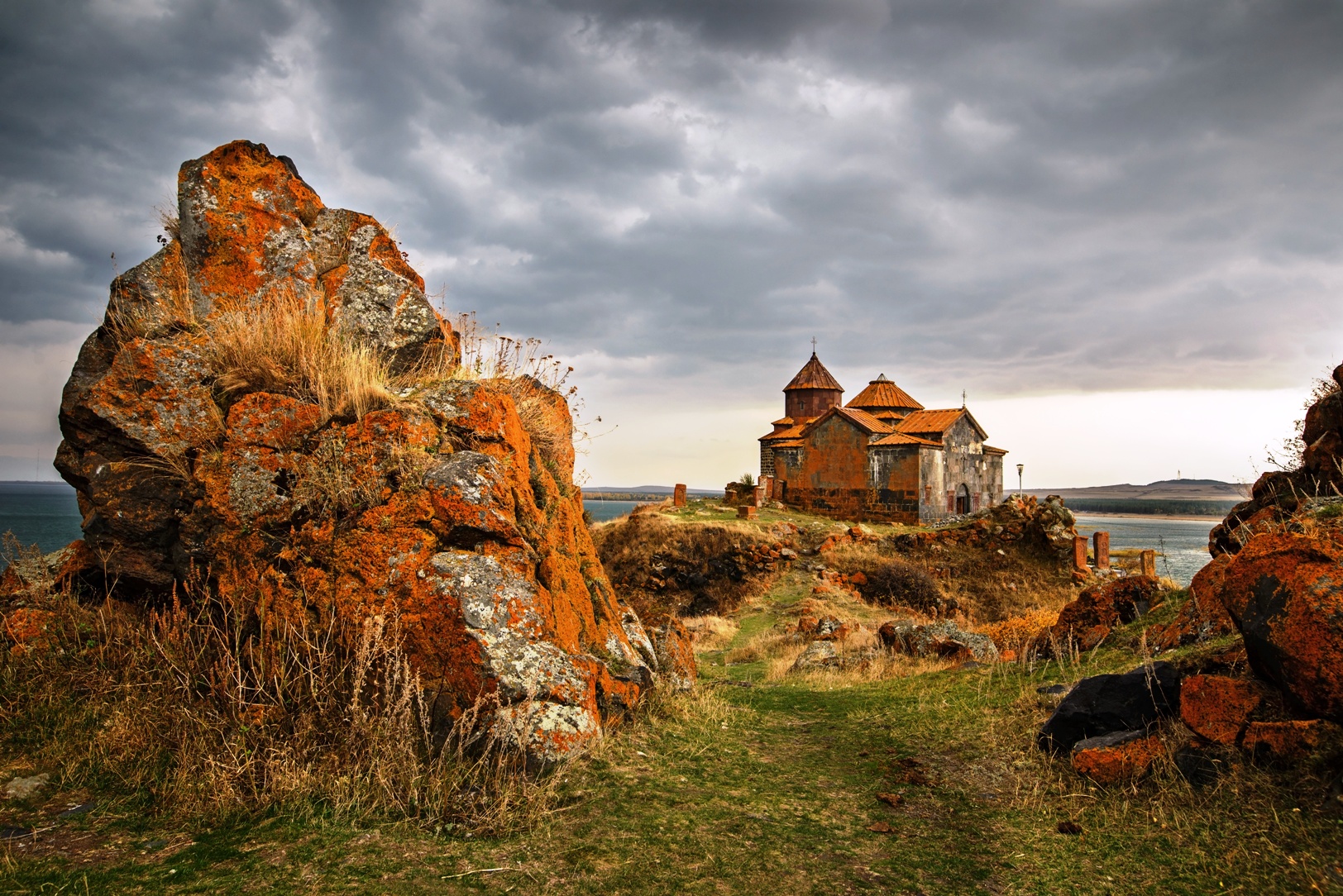The monastery of Ayravank
The monastery of Ayravank, located in the northeastern part of the village of Ayravank in the Gegharkunik region, is an unparalleled testament to Armenian architectural mastery and a rich history dating back to ancient times.
The oldest structure erected on this site was the Church of Saint Stephen, founded as early as the 4th century. It began its journey as a simple construction but later acquired a square shape with an elegant central dome, becoming a rare example of Armenian architecture. Built of basalt, it impresses with its grace and grandeur.
However, millennia before the appearance of Christian sanctuaries on this site, there stood a pagan temple, presumably dedicated to the water goddess Zvinaṙ. Traces of a cyclopean fortress discovered on the territory testify to the ancient past of this place.
The present-day view of the monastery, as it is often called, was formed in the late 9th century. In 1211, monks Ovanes and Nerses repaired the church and built a narthex with an impressive dome adorned with stalactites.
The Ayravank monastery is also famous for its khachkars and tombstones from the 16th century, located in a small enclosed courtyard. It is worth noting that Ayravank was an important center for copying ancient manuscripts in the Middle Ages.
The rich history of the Ayravank monastery is also associated with the legend of its abbot Ovane, who, according to legend, in 1381 during the invasion of Timur, with the help of the relics and the power of the wooden cross of Christ, transformed a thousand Armenian prisoners into doves and set them free.
The Ayravank monastery is not only a magnificent structure but also a place where history, religion, and legends vividly intertwine, leaving an unforgettable impression on the hearts of those who have visited it.







